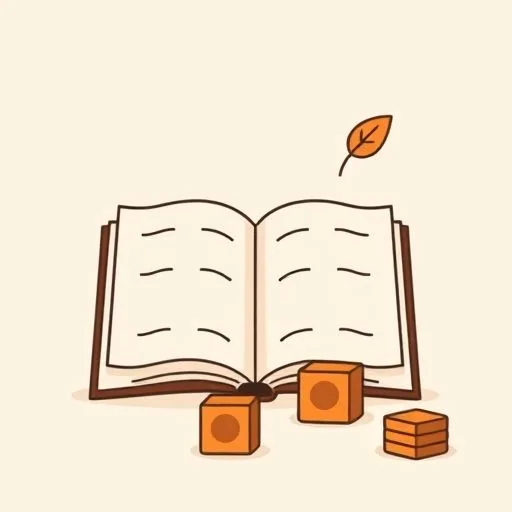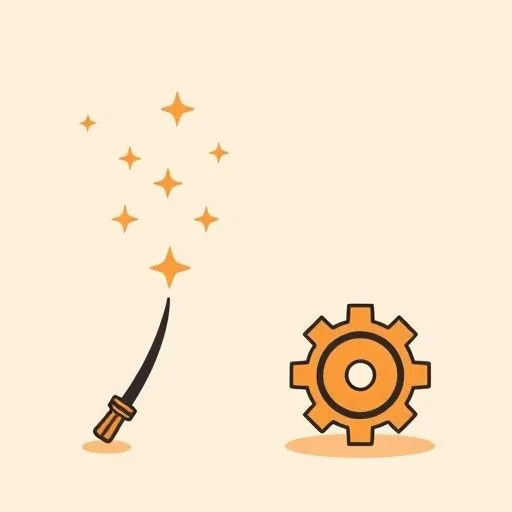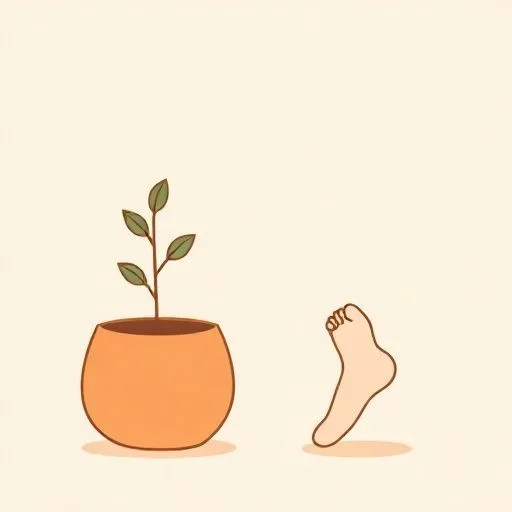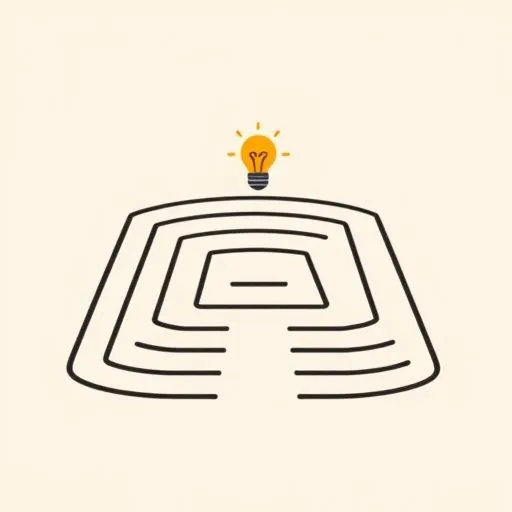
Okay, let’s talk about those awesome tools that make tricky stuff feel super easy, especially for our kids! The idea that anyone can suddenly create something amazing with just a few clicks or prompts carries an almost irresistible allure. Yet beneath these shiny promises lies an important conversation about how our children learn and what we truly value in their development journey.
Is This More Than a Magic Wand?

I recently came across some reflections on ‘vibe coding’ tools (among other educational tools for kids) that promise to make anyone a developer with minimal effort. After months of experimenting with different platforms, one writer came to a realization: these tools create the illusion that complex skills can be acquired instantly. But wait a second… what if we’re trading that incredible feeling of figuring things out for just… the easy way?
This got me thinking, really deeply, about how our kids are learning these days—faced with countless educational apps and digital platforms that sometimes shortcut the very process that builds genuine understanding. The allure is understandable; who wouldn’t want to become an expert overnight? And that realization hit me right where I live – thinking about all the educational tools for kids out there and whether they’re actually helping or just… zapping the magic out of learning.
Seriously, the best kind of growth? It’s born from a little bit of struggle, loads of practice, and that *amazing* feeling of getting better step-by-step! It’s about building those brain connections that no shortcut can ever create!
Where Do Seeds of Understanding Begin?

Consider how toddlers learn to walk, often without any learning apps for kids. Imagine this! Our little ones, stumbling and bumbling, then BAM! Up they get, ready to try again! It’s pure, unadulterated grit building those tiny legs and HUGE spirits! This principle extends throughout our learning journeys.
When children engage in unstructured play, they’re not just having fun—they’re developing problem-solving skills, creativity, and resilience. The same writer mentioned using AI tools only for tasks where they already had foundational skills, suggesting that technology might serve us best as an accelerator rather than a replacement for genuine learning.
Perhaps the question isn’t whether kids should use these tools, but how we help them understand what shortcuts bypass and what they can’t afford to miss.
What’s the Hidden Curriculum of Effort?

Research around these coding tools reveals an important pattern: they generate technical debt faster than traditional development. This pattern also appears in some AI learning tools and educational tech tools. Complex bugs introduced early multiply and become catastrophic later.
This metaphor extends beautifully to education. When children learn to navigate challenges through persistence rather than having solutions delivered on instant platters, they develop something far more valuable than mere answers—they develop critical thinking, adaptability, and the confidence that comes from knowing they can figure things out.
There’s a quiet discipline in sitting with a hard problem, trying different approaches, eventually finding a solution of your own making. These moments become psychological anchors that serve them in ways no quick fix ever could.
How Do We Grow Curiosity, Not Just Products?

The conversation around these tools raises a wonderful opportunity: how do we nurture curiosity in a world that often values immediate results over exploration? It highlights the role of educational tools for kids in nurturing curiosity.
When we encourage our children to ask ‘why’ and ‘how’ rather than just accepting answers, we plant seeds of lifelong learning. One writer noted that true ‘vibe coding’ is quite involved and cannot be done through simple prompting alone.
Similarly, meaningful educational experiences—whether building with blocks, conducting science experiments, or learning to code—require engagement and thoughtful effort. Perhaps the greatest gift we can give our children isn’t better tools or faster methods, but the confidence that their own developing minds are powerful instruments when given time and space to operate fully.
What Is the Journey of Becoming?

At the heart of this lies something beautiful about human potential. The journey of becoming skilled at anything worth doing is rarely linear or quick. There are plateaus, frustrations, moments of breakthrough, and periods of slow but steady progress. Each of these contributes to a deeper understanding that shortcuts can’t replicate.
When children witness our admiration for the effort they put in—celebrating the process rather than just the outcome—they learn to value their own growth journey.
In a world full of promises of instant everything, this might be one of the most counter-cultural, important lessons we can help our children absorb: that the most meaningful achievements grow not from magic tools, but from showing up, consistently curious, and willing to learn.
Source: All vibe coding tools are selling a get rich quick scheme, Varunraghu, 2025-09-09
